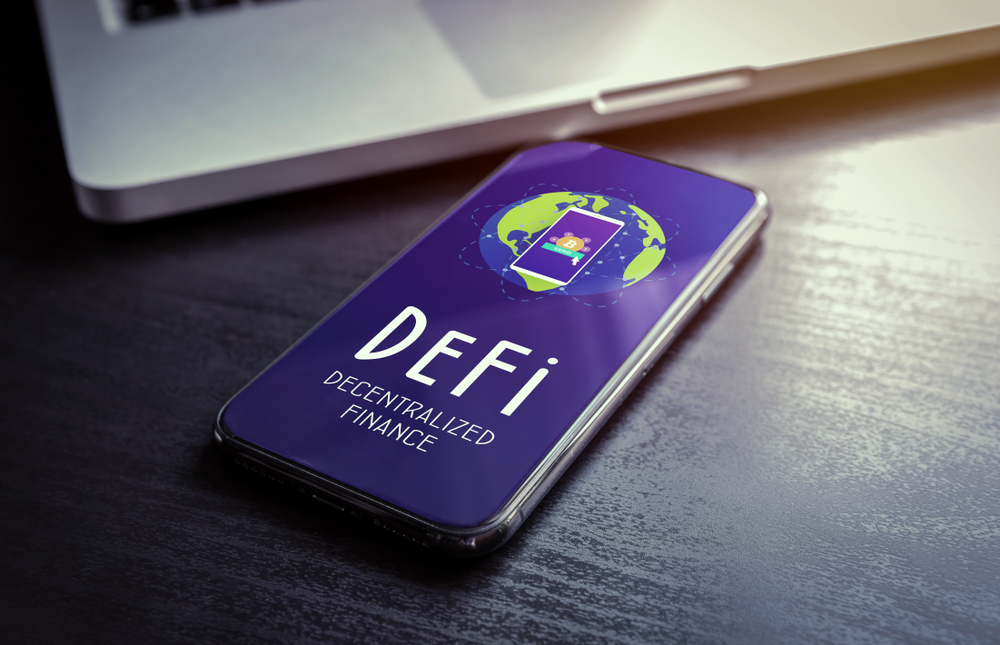ShibaSwap is a DeFi (decentralized finance) protocol that features a DEX (decentralized exchange) along with passive income-generating services such as yield farming, staking, and liquidity pools.
ShibaSwap was launched in late July 2021. It is a fork of the popular DEX SushiSwap. However, what separates the two exchanges is that ShibaSwap is mainly focused on enhancing the utility of three Shiba Inu tokens.
What are Shiba Inu Tokens?
The three tokens utilized in the ShibaSwap platform include Bone (BONE), Shiba Inu (SHIB), and Doge Killer (LEASH).
Shiba Inu
SHIB is a dog-themed coin created in September 2020 by developer Ryoshi. Over one quadrillion SHIB were distributed during its initial coin offering, with Ethereum co-founder Vitalik Buterin getting allocated half of the tokens. Buterin would later donate 50 trillion SHIB to India to help the country recover from the COVID-19 pandemic. Further, he transferred 450 trillion tokens to a burn address.
Doge Killer
SHIB developer launched LEASH in an effort to take Dogecoin’s spot as the leading memecoin by market valuation. Since its inception, the token has failed to maintain its intended 1:1000 peg to DOGE’s price. LEASH is an ERC-20 token that has a capped supply of 107,645 tokens.
Bone
The ShibaSwap ecosystem uses BONE as its governance token. Meaning its holders have the ability to propose and vote on changes affecting the protocol via the Shiba Inu Doggy DAO. BONE has a fixed supply of 250 million tokens.
How Does ShibaSwap Work?
ShibaSwap supports peer-to-peer (P2P) trading of various ERC-20 tokens. The three Shiba Inu tokens are the most traded, with BONE having the highest trading volume, according to data from CoinGecko.
Staking (BURY)
ShibaSwap allows holders of LEASH, BONE, and SHIB to BURY or stake their tokens into various pools for a particular period. In return, they earn an APY (annual percentage yield). It is worth highlighting that the protocol pays the yields in the wrapped version of the tokens staked. For example, if a user stakes one LEASH, they earn one xLEASH. The rewards are distributed weekly.
Liquidity Pools
Liquidity pools are the pillar of any DeFi project. That’s because they ensure easy swapping of tokens. ShibaSwap has multiple pools, allowing users to deposit their crypto assets to facilitate trading. These users are known as liquidity providers. They earn a percentage of trading fees collected. ShibaSwap distributes the trading fees in the form of SSLP tokens to its liquidity providers, which can be swapped to BONE.
Yield Farms
ShibaSwap allows users to earn interest on their assets by depositing them in yield farming pools. The interest rate depends on how long the user holds the assets. Holding them for a long duration attracts higher rewards, which are distributed in the form of Shiba Inu tokens. It is worth noting that yield farming is considered a high-risk venture, so only invest money that you can afford to lose.
Burn Portal
ShibaSwap lets users permanently remove their SHIB tokens from circulation by sending them to a burn address. By doing so, these users are rewarded with an ERC-20 token called RYOSHI.
NFTs
ShibaSwap supports the minting and trading of Shiboshis, the platform’s native non-fungible tokens (NFTs). There are 10,000 of them, and many NFT fans anticipate they will feature in the ShibaSwap upcoming Web3 game called ‘Shiboshi.’
